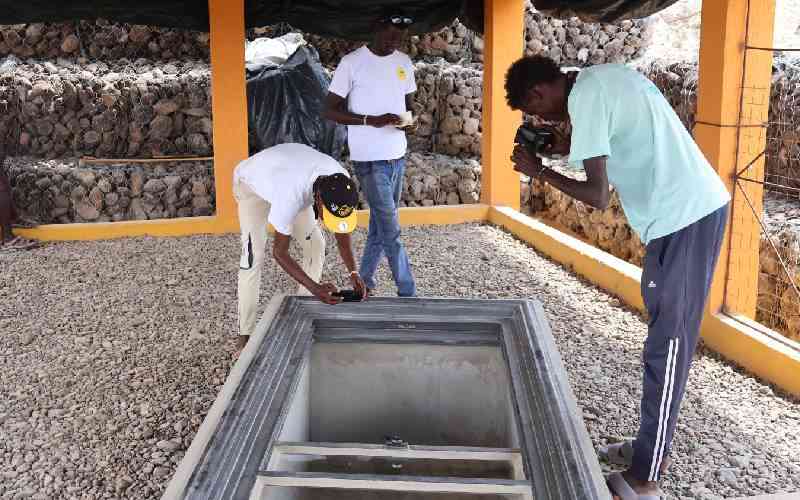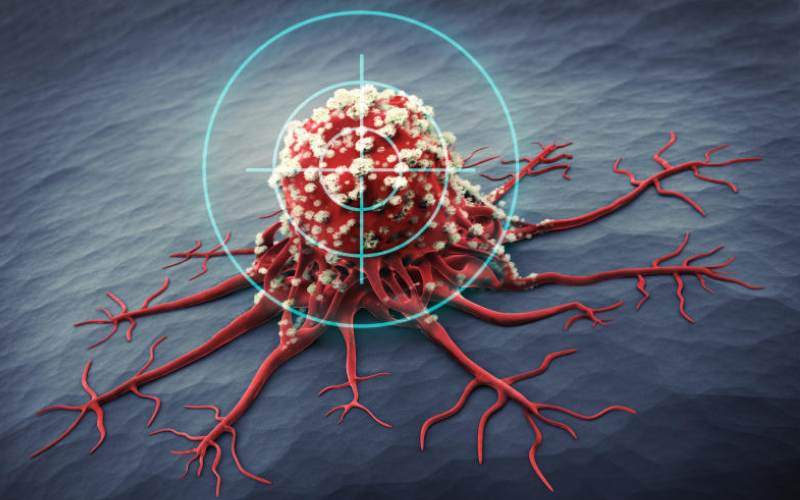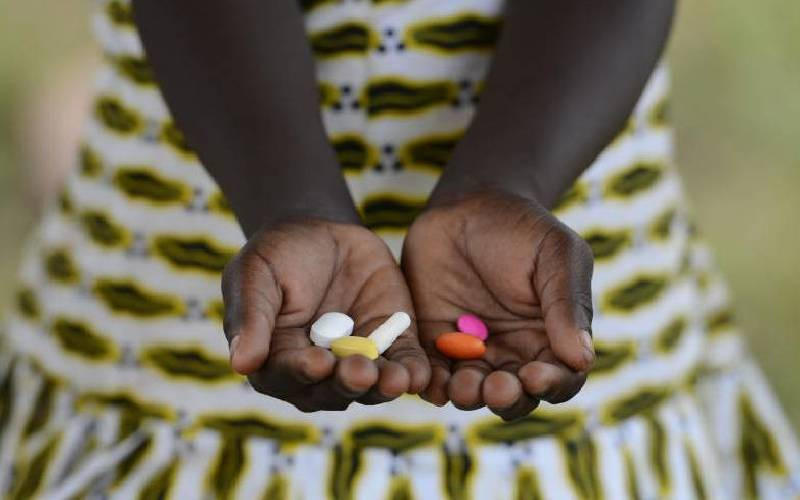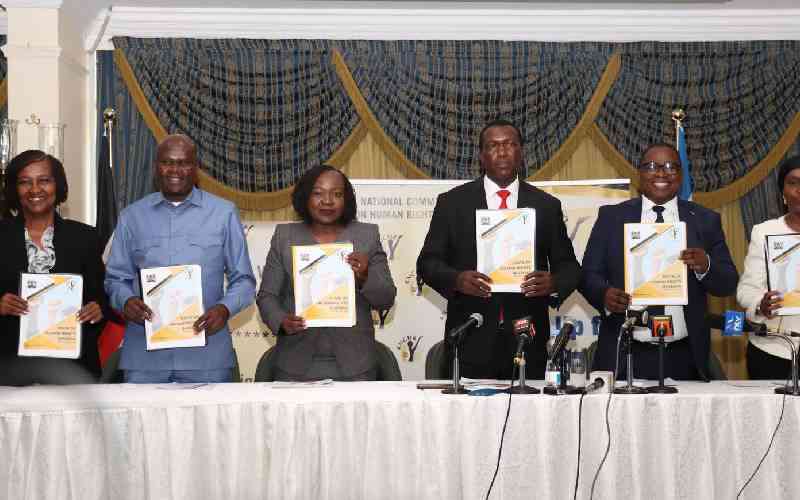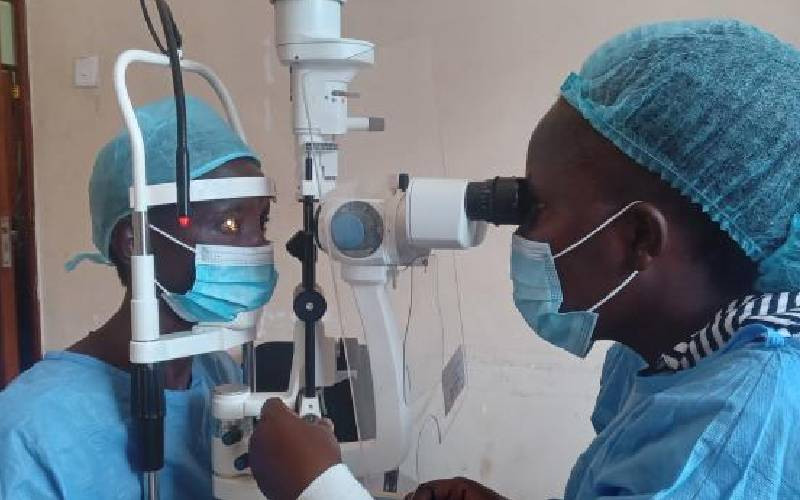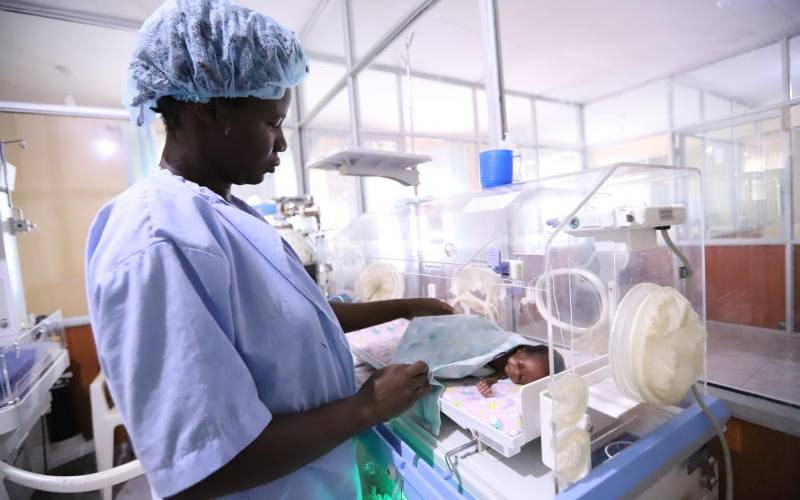
The world has made big gains for children since 2000, yet progress for newborns has lagged behind. Global under-five deaths fell to 4.8 million in 2023, but an estimated 2.3 to 2.4 million babies still die within their first month each year.
The United Nations has set a target for every country to reduce neonatal mortality to no more than 12 deaths per 1,000 live births by 2030. Many nations remain off track.
Sub-Saharan Africa bears the heaviest burden. In 2022, the region’s neonatal mortality rate stood at 27 per 1,000, the world’s highest. A baby born there faced risk of dying eleven times higher in the first month compared to the safest regions. Four in five under-five deaths occurred in sub-Saharan Africa and Southern Asia, despite these regions accounting for only about three in five live births.
Behind the statistics lie persistent health system gaps: Many newborn units lack enough trained staff, unreliable oxygen supply, broken equipment and weak data systems.
Research across Kenya and the wider region shows unsafe nurse-to-baby ratios, missed checks and preventable complications are common in overstretched hospitals.
- Missed BCG jabs, leaves newborns at risk of deadly TB
- Why more newborns are contracting HIV from breastfeeding
- Kenya takes part in trials of first malaria treatment for newborns
- One nurse for 25 babies: Newborn deaths uncover nurse shortage
Keep Reading
Kenya reflects both progress and pressure. The 2022 Kenya Demographic and Health Survey (KDHS) reported a neonatal mortality rate of 21 per 1,000 live births, with newborn deaths now accounting for more than half of all under-five deaths. UNICEF Kenya estimates that 92 newborns and 16 mothers die each day, underscoring the close link between newborn and maternal survival.
A recent multi-hospital study, “Harnessing Innovation in Global Health for Quality Care (HIGH-Q)”, investigated why progress remains slow despite new technologies. Conducted in eight county hospitals, it found that severe nurse shortages, overcrowded wards and inadequate support undermine care for sick and premature babies.
Professor Mike English, senior researcher at the KEMRI-Wellcome Trust and the study’s principal investigator, says the findings highlight systemic strain. “For the first time we have a detailed understanding of the challenges nurses face and how very high workloads affect their ability to care for sick newborns,” he said. “It will be difficult to achieve quality care without improving staffing levels and the environments where doctors, nurses and mothers must work together.”
Other researchers stressed that change must be practical. Dr Michuki Maina, a paediatrician and health systems researcher, noted that ward assistants can relieve nurses of non-critical duties while improving hygiene and infection control. “A piece of equipment cannot provide comfort, feed a baby or reassure a mother,” he observed. “Without adequate nursing support, the promise of technology will remain unfulfilled.”
Dr David Gathara, who focuses on measuring the quality of nursing care, found that in some hospitals, nurses delivered only a third of the bedside care required. “Without measuring what is missed and why, we cannot plan better staffing or support,” he said.
Professor Fredrick Were of KEPRECON added a policy lens. “Guidelines mean little unless they are lived out in the ward. That requires leadership, mentorship and systems that align resources with standards.”
Regionally, initiatives such as NEST360 are working to strengthen readiness in Kenya, Malawi, Nigeria and Tanzania. In Kenya, 13 hospitals and eight training centres have assessed essentials such as staffing, oxygen, Continuous Positive Airway Pressure (CPAP), temperature control, infection prevention, maintenance and data systems. Across 65 hospitals, readiness has improved, and early results suggest reductions in hospital-based neonatal mortality.
Evidence points to straightforward solutions: safer nurse-to-baby ratios, consistent monitoring, reliable oxygen delivery, properly maintained CPAP machines, warmers and phototherapy units. Biomedical training, regular audits and mentorship further support teams. National procurement lists must align with WHO guidance and local needs to ensure hospitals receive essential equipment and supplies.
The UN warns that 65 countries are off track to meet the neonatal survival target. With Kenya’s current rate of 21 deaths per 1,000, substantial progress is needed to reach 12 or fewer by 2030. Yet the path is clear: scale up proven care bundles, protect frontline staffing, and strengthen maintenance and data systems to keep care consistently safe.
 The Standard Group Plc is a multi-media organization with investments in media
platforms spanning newspaper print
operations, television, radio broadcasting, digital and online services. The
Standard Group is recognized as a
leading multi-media house in Kenya with a key influence in matters of national
and international interest.
The Standard Group Plc is a multi-media organization with investments in media
platforms spanning newspaper print
operations, television, radio broadcasting, digital and online services. The
Standard Group is recognized as a
leading multi-media house in Kenya with a key influence in matters of national
and international interest.

